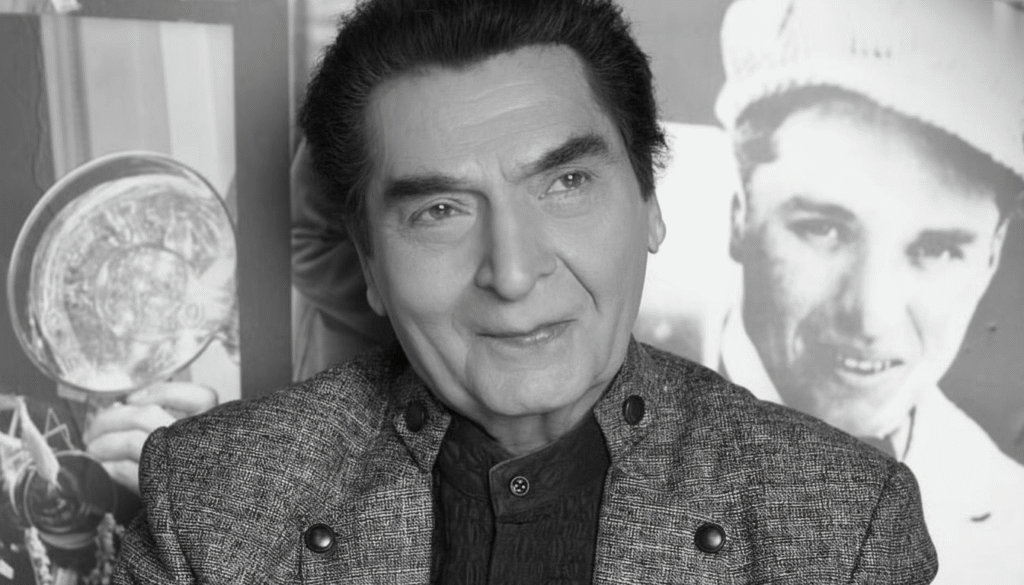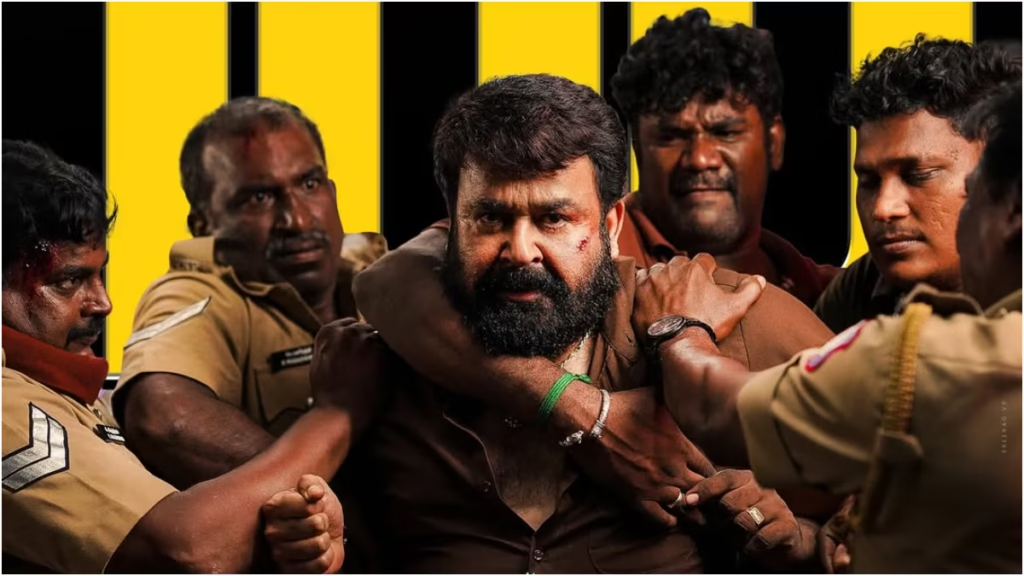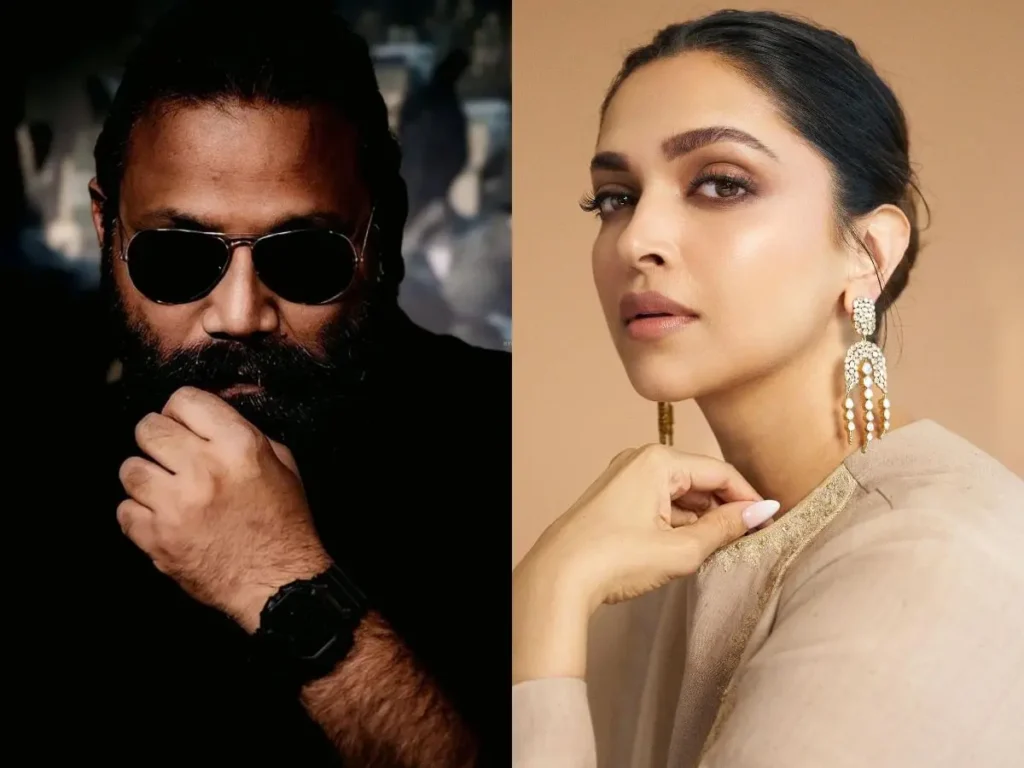Govardhan Asrani, who passed away on October 20, 2025 at age 84, leaves a six-decade legacy that reshaped Hindi and Gujarati screen comedy while proving the power of character acting at its finest. Remembered most widely as the uproarious jailer of Sholay, he was far more than one iconic role he was a complete entertainer, director, teacher, and an ever-reliable presence across generations.
A life in cinema
Born on January 1, 1941, Asrani built a career that spanned over 350 films in Hindi and Gujarati, fluidly moving between lead, character, and comedic parts as the industry itself evolved around him. He maintained a rare continuity across eras, remaining visible from the late 1960s through the 2010s, a testament to craft, timing, and the ability to leave an imprint even in short scenes.
The breakthrough
After early struggles, his turning point came via FTII and a serendipitous link to Hrishikesh Mukherjee and Gulzar that led to Guddi (1971), where he played an aspiring actor and began a lasting association with a circle that defined the middle-cinema golden age. That break opened doors to a run of beloved performances in Bawarchi, Namak Haraam, Abhimaan, Parichay, and Chupke Chupke, where his comic intelligence and human warmth shone in carefully etched supporting roles.
The iconic jailer
Asrani’s most famous screen turn remains the officious jailer in Sholay (1975), whose puffed-up pomposity and instantly quotable line “Hum Angrezon ke zamaane ke jailer hain” became pop-cultural folklore. It was a masterclass in making a brief appearance unforgettable, distilling voice, posture, and rhythm into a cameo that still elicits laughs decades later.
Range beyond comedy
Even while celebrated for humor, he stretched into drama, villainy, doubles, and romance—appearing in films like Koshish and Bidaai, and constantly fine-tuning the delicate gear-shifts between farce and feeling. That range kept him essential to storytellers seeking a presence that could lift tonality without breaking narrative truth, a balance many actors chase but few sustain for so long.
Gujarati star and director
Parallel to Hindi cinema, Asrani headlined Gujarati films through the 1970s and early 1980s before transitioning to character roles, reflecting deep roots beyond Bombay’s mainstream. He also directed, most notably Chala Murari Hero Banne (1977), followed by Salaam Memsaab (1979), Hum Nahin Sudharenge (1980), Dil Hi To Hai (1992), and Udaan (1997), a body of work that reveals an artist restless to tell stories in his own voice even when commercial winds were uncertain.
The Rajesh Khanna connection
A trusted screen companion to multiple superstars, Asrani shared a special rapport with Rajesh Khanna, appearing together in 25 films between 1972 and 1991—an extraordinary statistic that maps to the mainstream heartbeat of those decades. Their collaborations reinforced Asrani’s signature place as the friend, foil, or fixer who could tilt a scene toward laughter without losing emotional stakes.
Awards and recognition
Asrani won two Filmfare Awards for Best Comedian for Aaj Ki Taaza Khabar (1974) and Balika Badhu (1977), emblematic picks that match how audiences remember his effortless timing and expressive face. Industry affection came not only through trophies but through steady work with filmmakers like Hrishikesh Mukherjee, B.R. Chopra, Basu Chatterjee, Priyadarshan, and David Dhawan across changing cinematic fashions.
Reinventing through eras
The 1990s and 2000s brought new peaks with Jo Jeeta Wohi Sikandar, Gardish, Bade Miyan Chote Miyan, and then a wave of ensemble comedies such as Hera Pheri, Hulchul, Chup Chup Ke, Malamaal Weekly, and Bhagam Bhag, where he remained a scene-stealer amid crowded frames. Even as screen time tapered after 2009, his presence carried the comfort of a familiar cadence—reassuring, playful, and always in rhythm with the audience.
Essential watches
- Sholay (1975) — The definitive jailer cameo that became a generational catchphrase.
- Chupke Chupke (1975) — A finely tuned comedic turn within Hrishikesh Mukherjee’s chamber of wit.
- Aaj Ki Taaza Khabar (1974) — Award-winning timing that codified his 1970s comic stardom.
- Chala Murari Hero Banne (1977) — Actor-director mode in a partly autobiographical leap behind the camera.
- Bawarchi (1972) — A gentle, ensemble-driven classic where his supporting craft deepens the film’s warmth.
- Farewell, with gratitude
Asrani passed away in Mumbai on October 20, 2025, with last rites performed at Santacruz Crematorium, and the industry’s tributes reflected a simple truth: the man who made India laugh also made its cinema better. His story—from FTII classrooms to the forever-echoing corridors of Sholay—remains a guidebook on staying curious, generous, and in tune with the audience’s pulse.
An evergreen entertainer What endures is not only a gallery of characters but a way of being on screen—precise yet light, rooted yet playful, always respectful of the scene and his partners in it. In remembering Govardhan Asrani, the tribute writes itself: an actor who never needed a spotlight to glow, because he carried his own, and kindly shared it with everyone around him.


